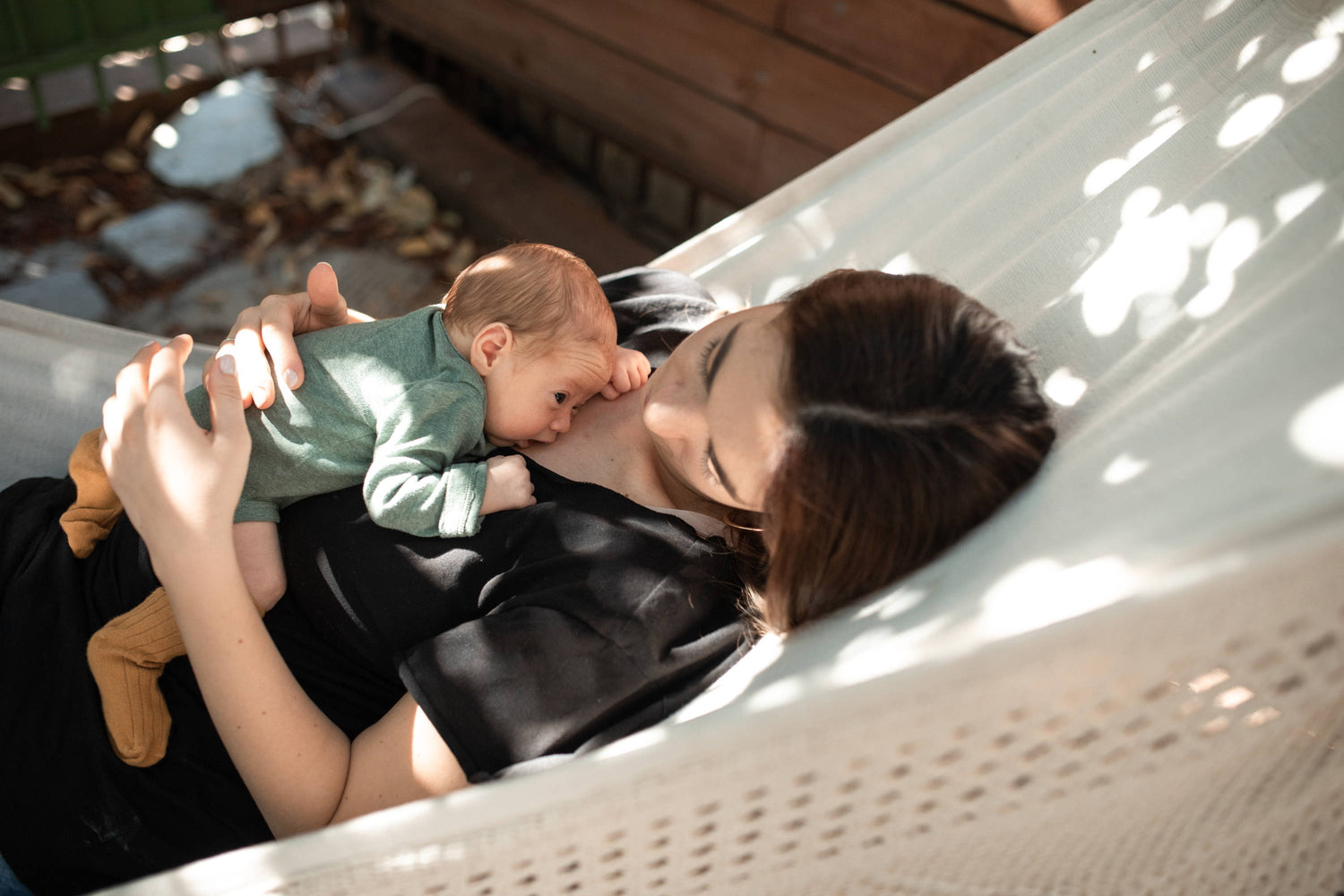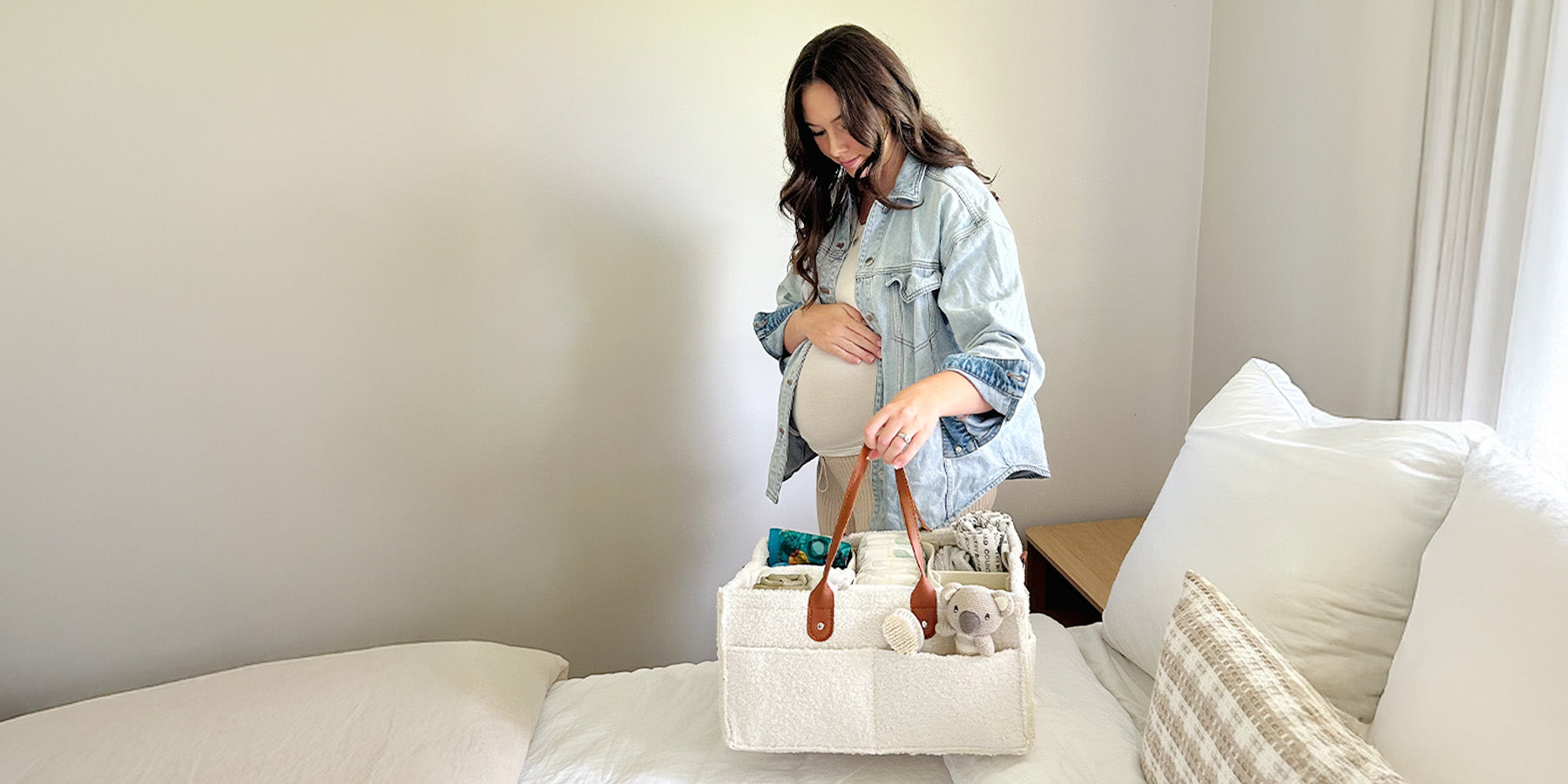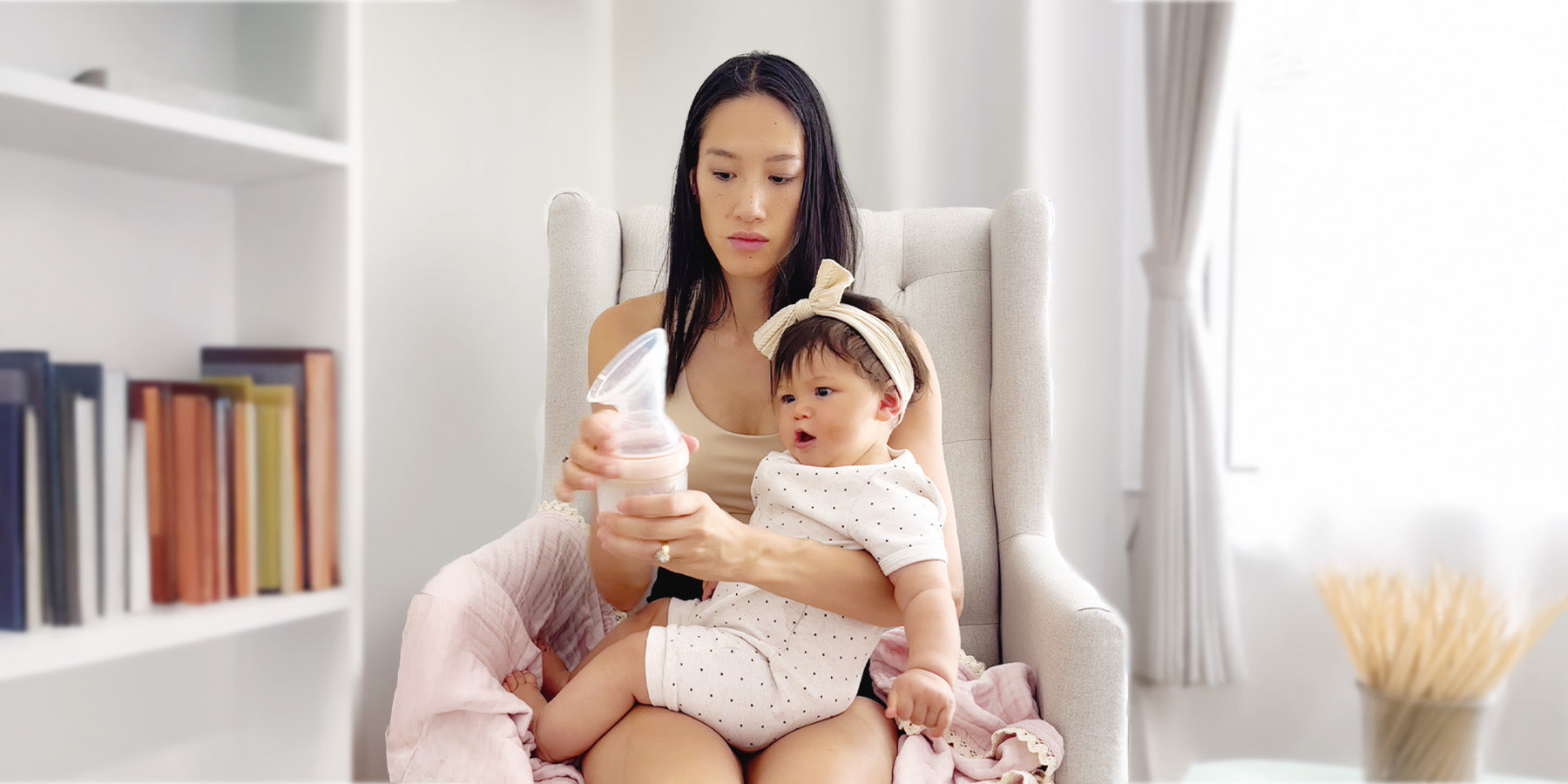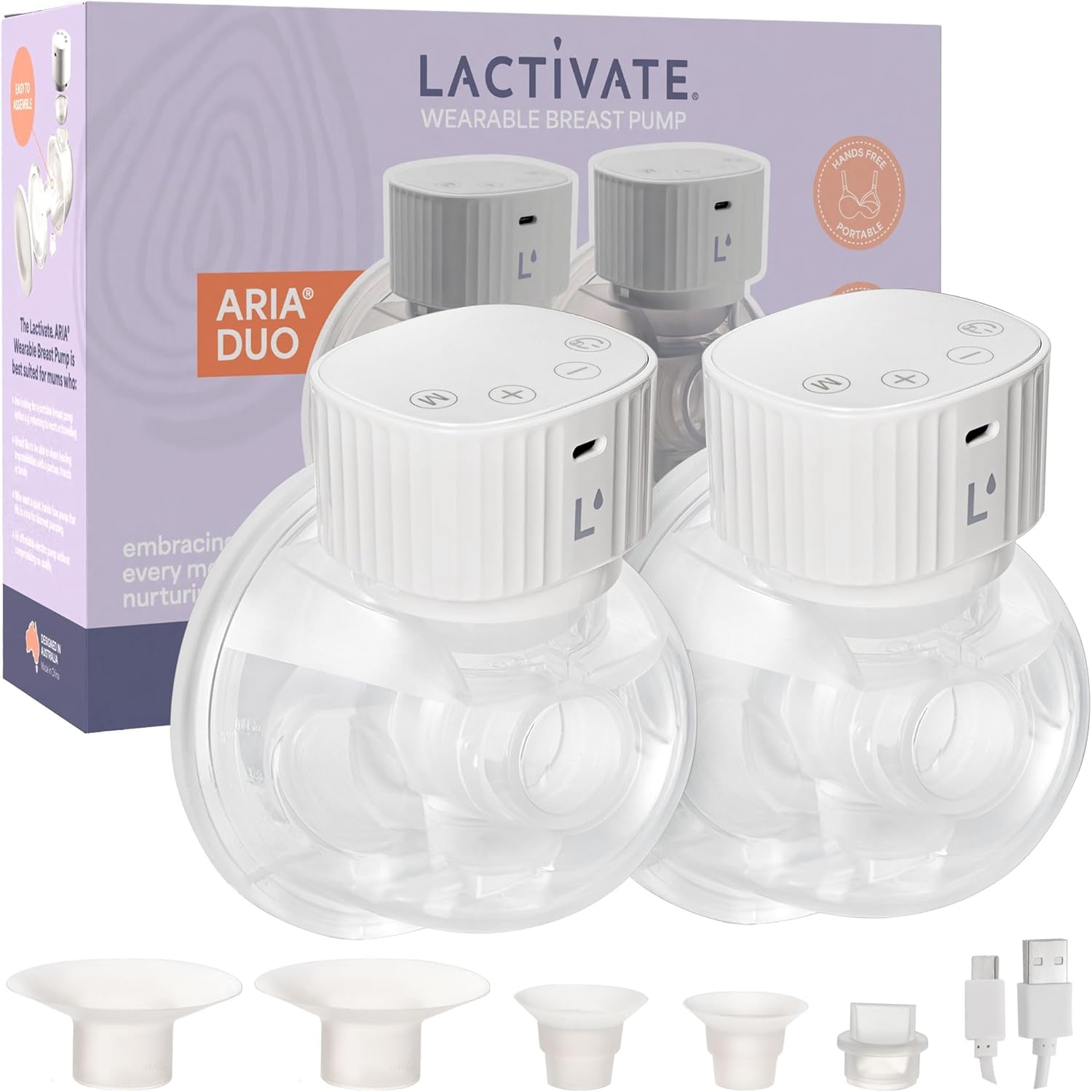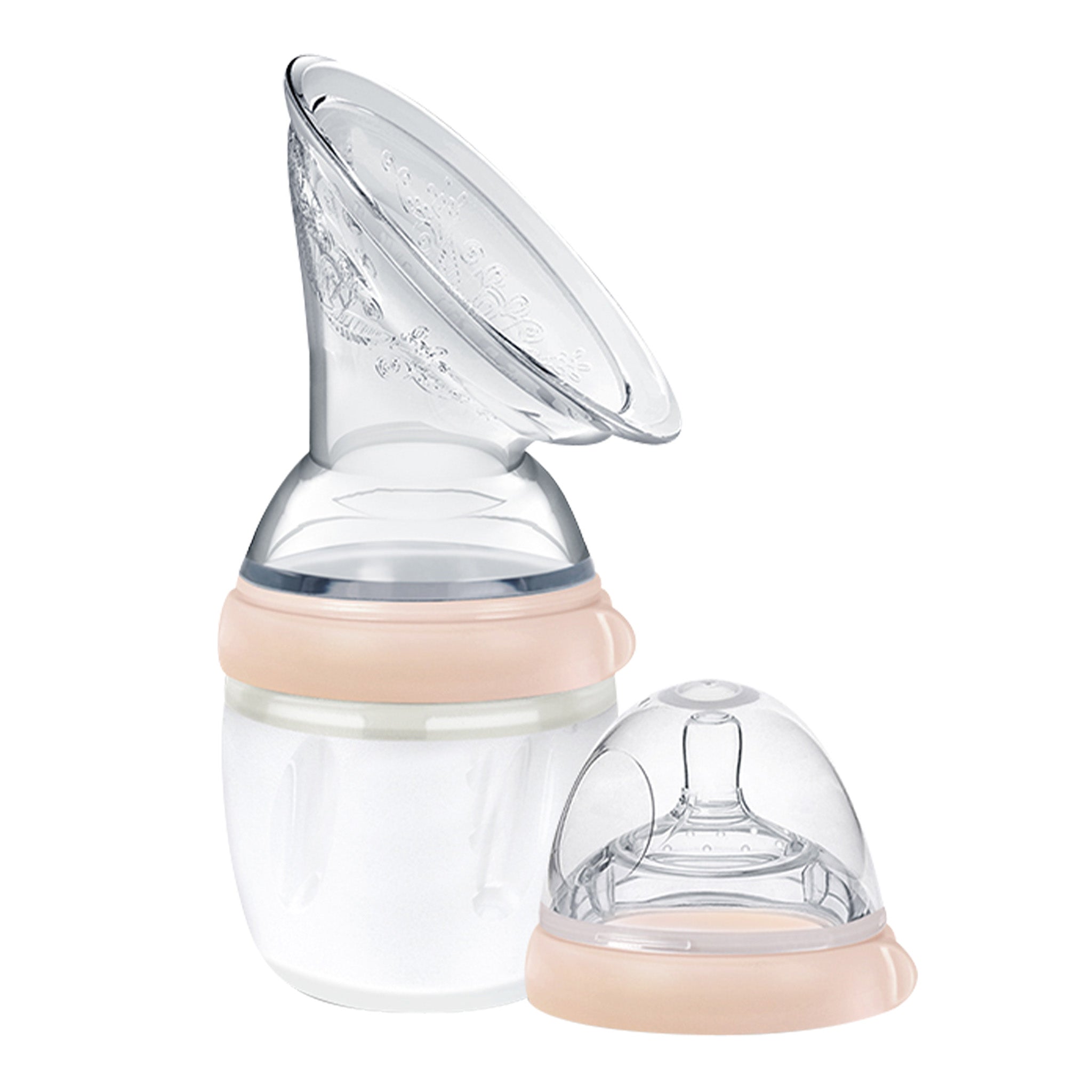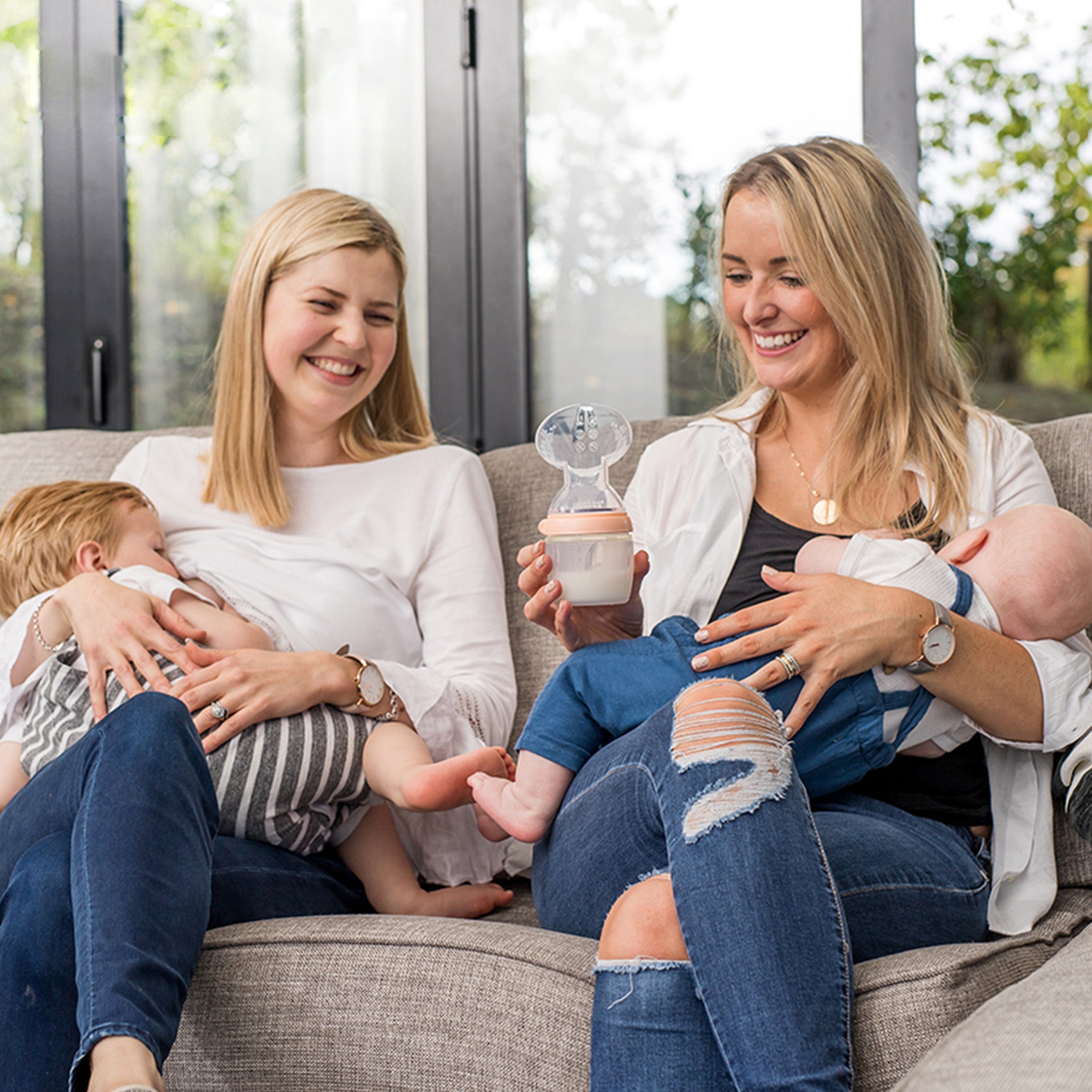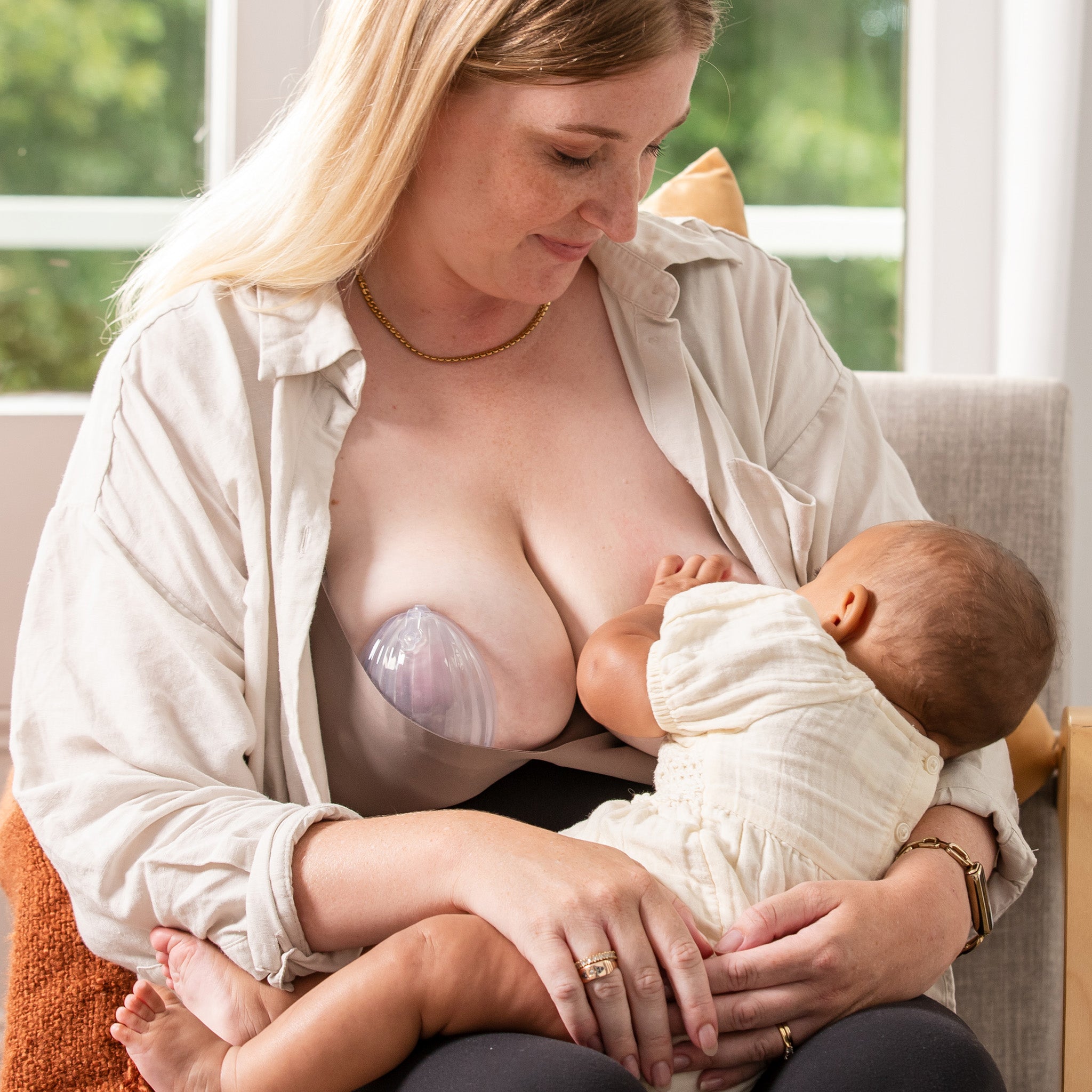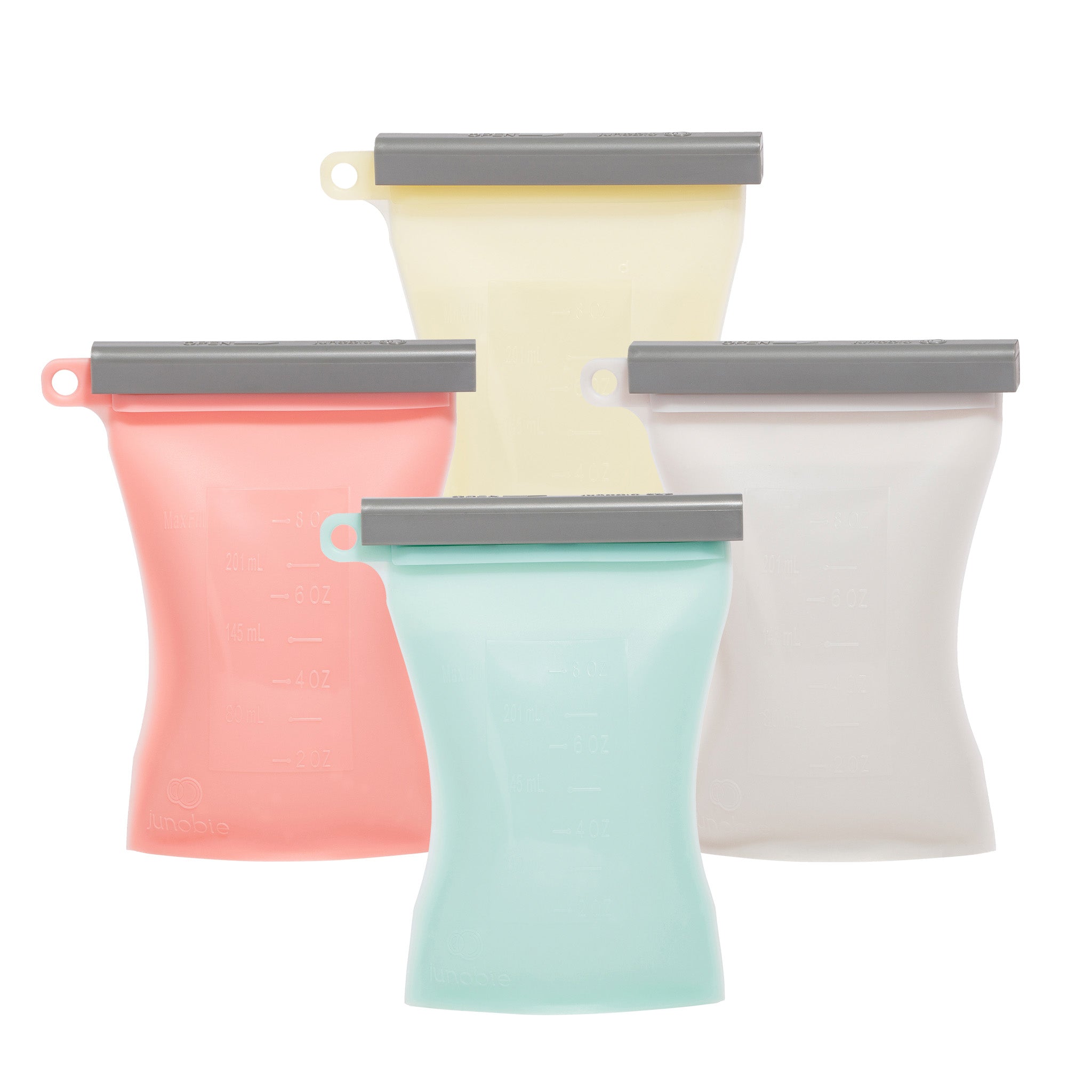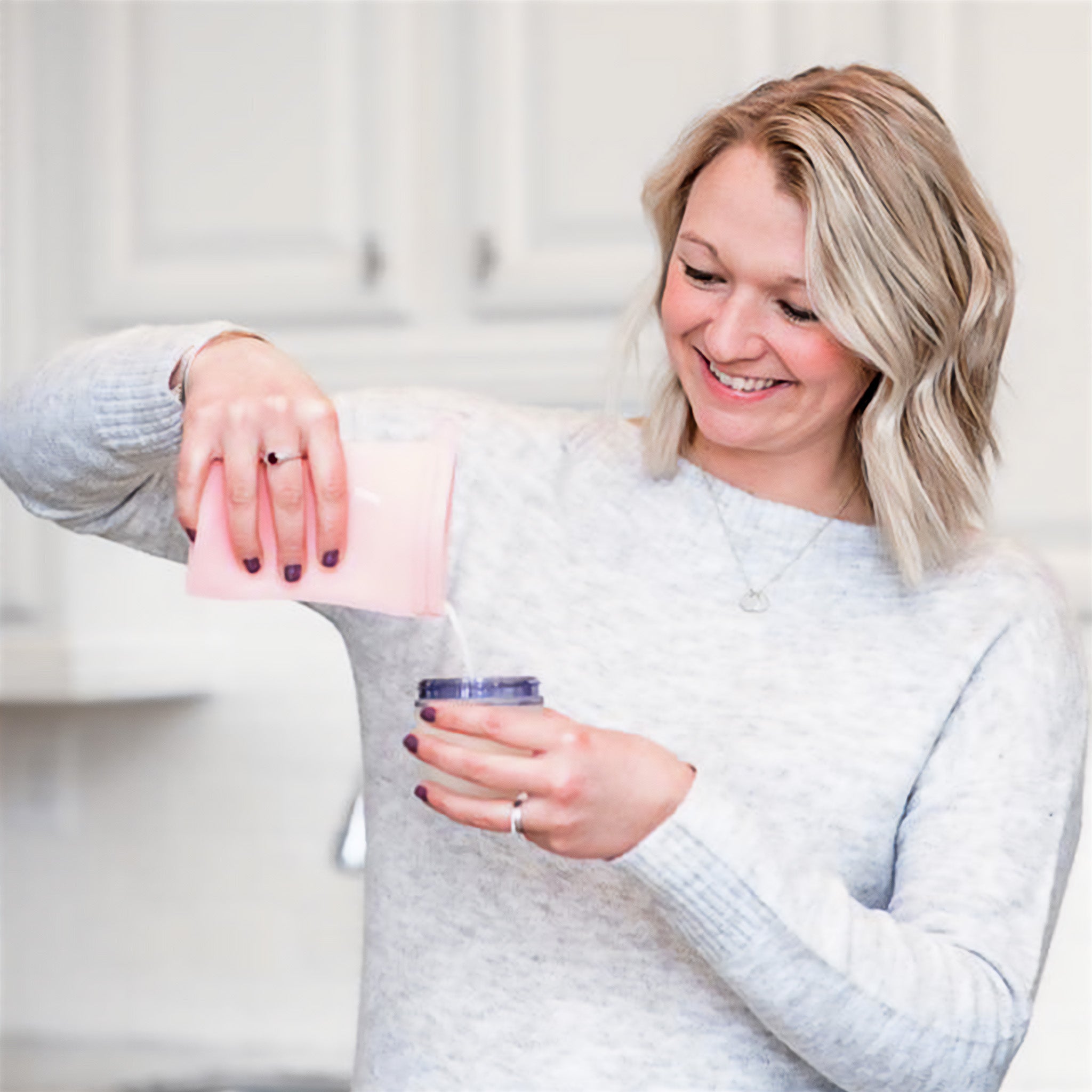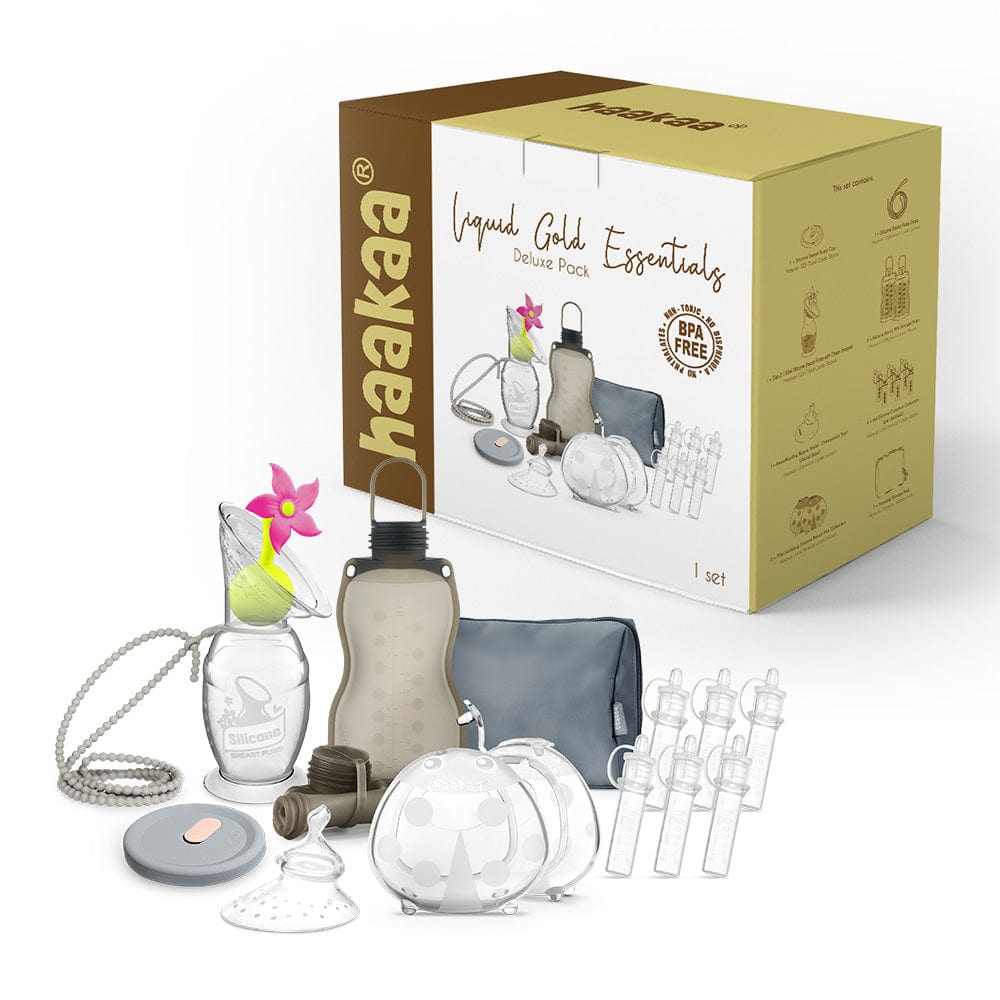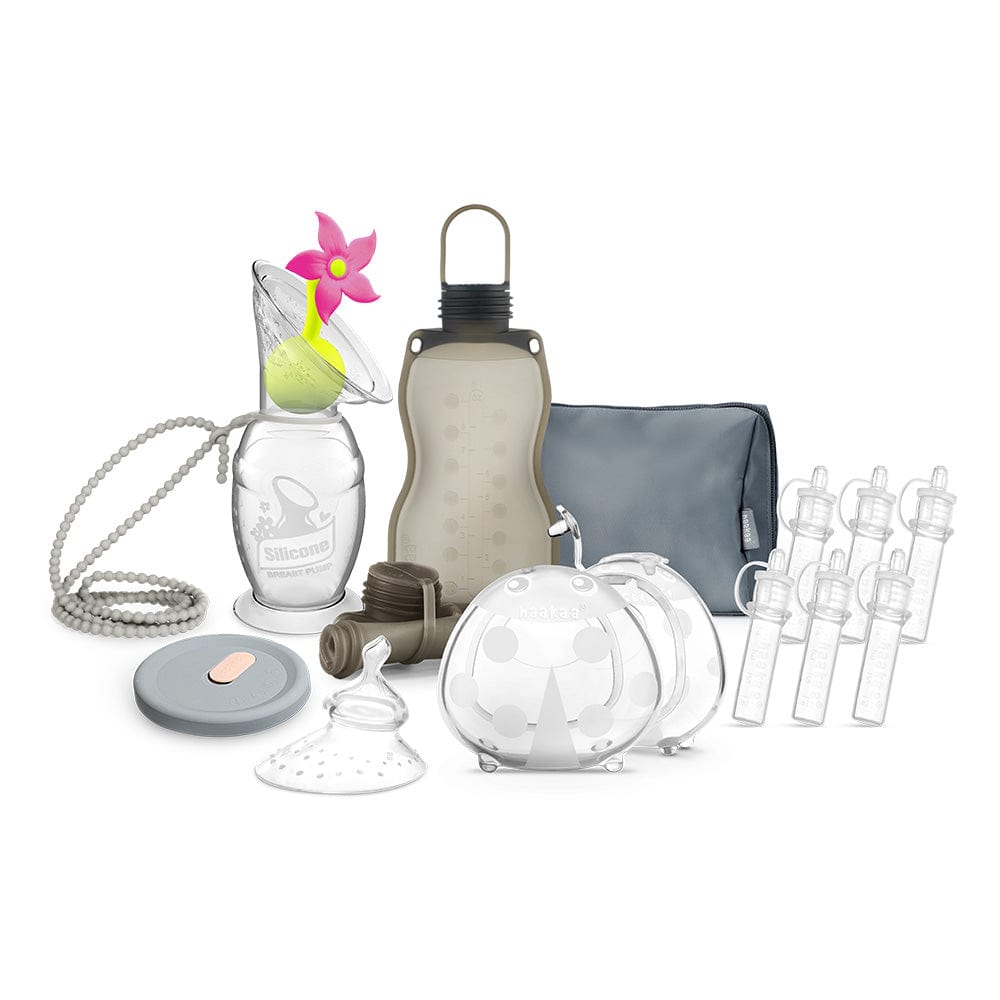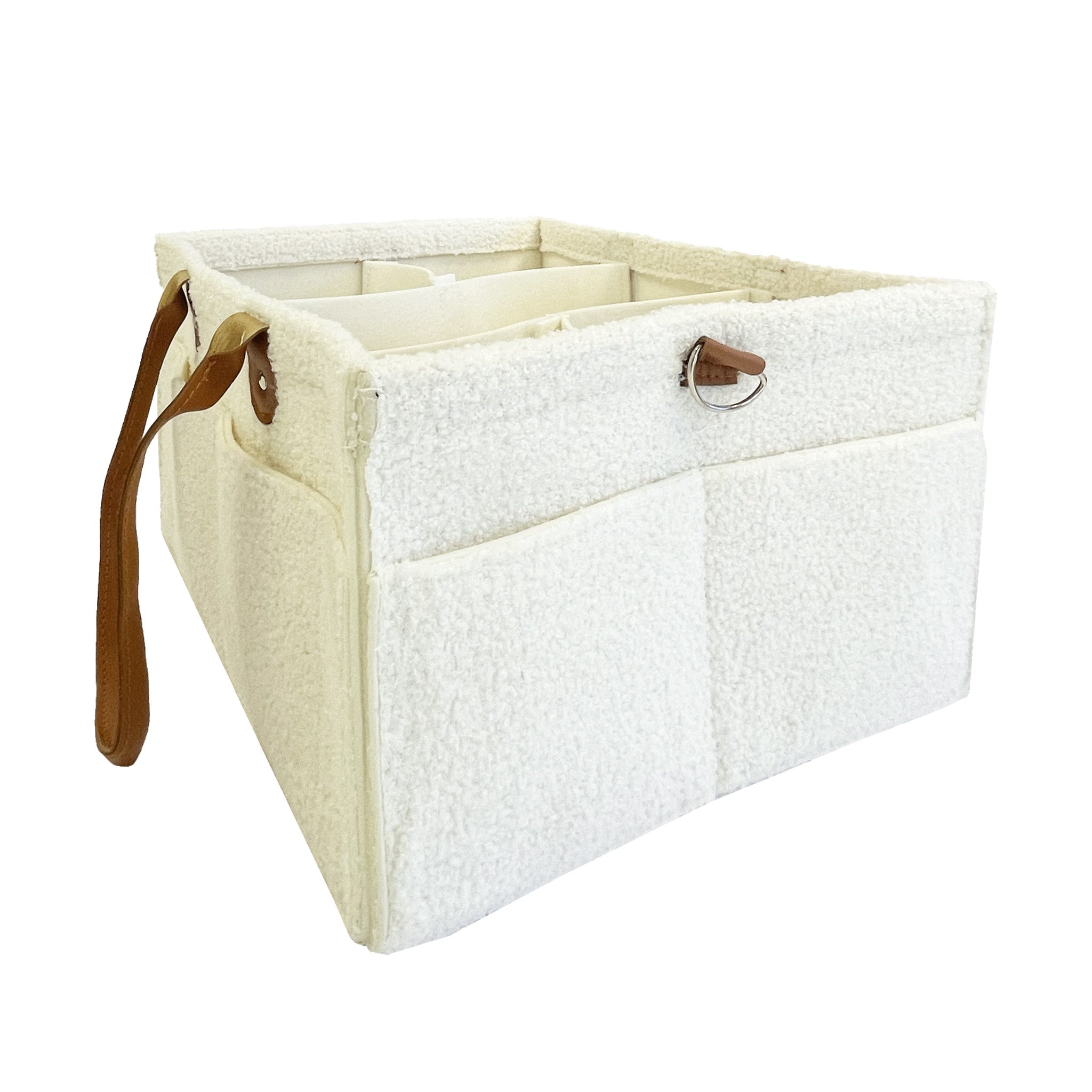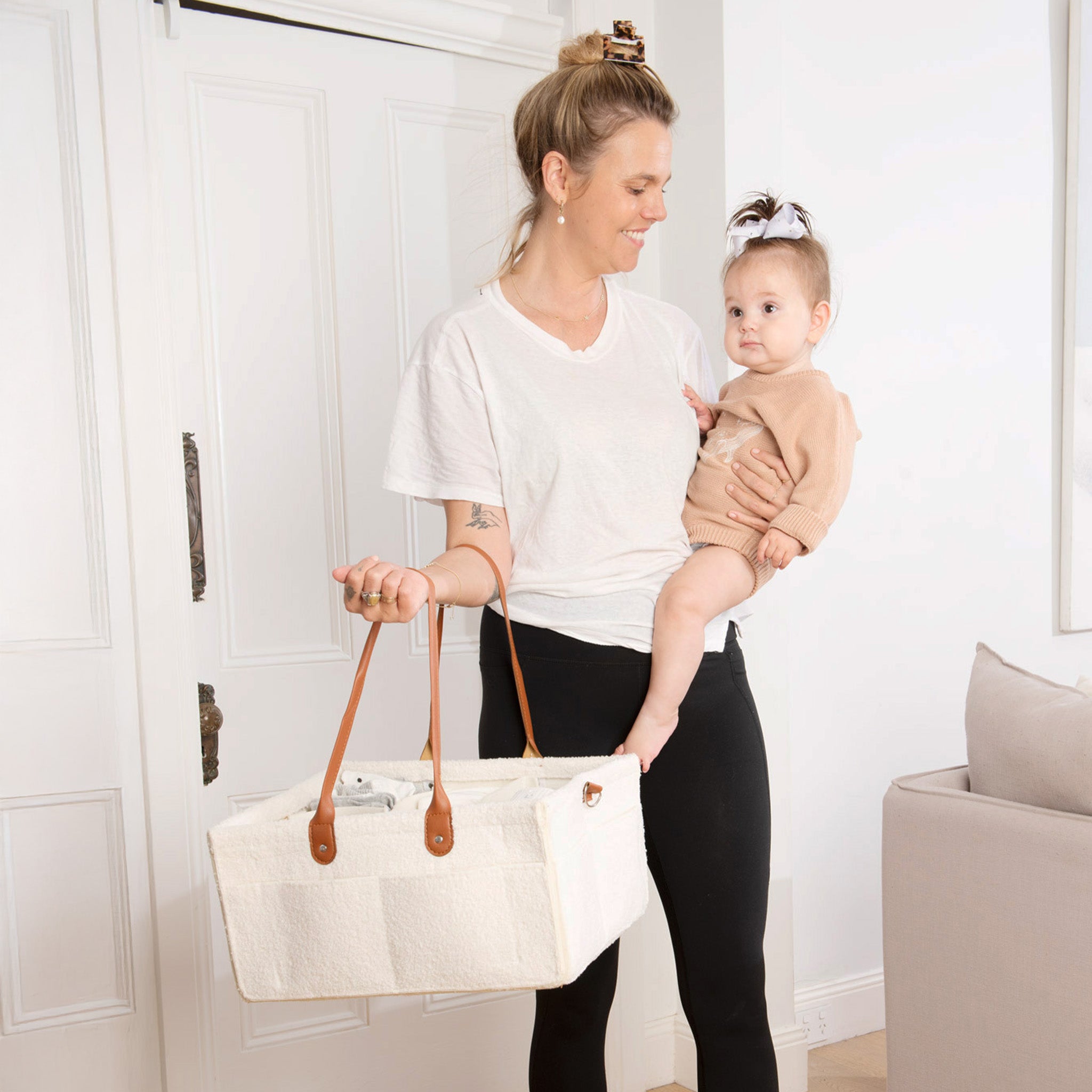There’s no denying that the prospect of giving birth can be scary, with the concept of postpartum care being the most daunting. Particularly during your first pregnancy, there may be a lot of focus on preparing for labour and delivery, but postpartum care and the healing process are often barely discussed or overlooked completely. That’s why we’ve put together this blog to give you the inside scoop about what you need to know about postpartum care.
Before Birth
You will likely receive a pamphlet at some point during your antenatal care about Perineal Massage. This is a regular massage of the perineal area after 34 weeks gestation that can possibly help prepare the skin for stretching and reduce the risk of tearing.
Stitches, tearing, bruising and swelling
Approximately 85% of women who give vaginal birth will experience some degree of vaginal tearing, rated from 1st to 4th degree tears. (I suggest that you DO NOT google what a 4th Degree Tear is and look at the pictures!). These can occur spontaneously or from an episiotomy or instrumental delivery. Not all tears will require stitching, but swelling, bruising and grazing are also very common.
Good postpartum perineal care can help prevent further tearing, infections, or even haemorrhaging. Incorrect aftercare can lead to secondary issues that prolong recovery, which can make so many aspects of motherhood and being a primary caregiver much more difficult. That is why all types of postpartum care is important for everyone who gives birth: the right care could save your life and hopefully, speed up the recovery process.
At this point you might be wondering what Perineal Care is, so let’s break it down.
What is Perineal Care?
Perineal Care refers to the washing of the genital and rectal areas of the body to prevent all sorts of harmful infections. Most doctors recommend that it should be done at least once daily; whether by shower, peri bottle or bath (after 6 weeks postpartum!). This can also be a great way to soothe haemorrhoids which (sorry!) are also very common after vaginal birth.
Will they check my vagina at my 6 week check up?
Many new Mamas worry about what happens at the 6 week check up. It is a consultation with your GP or OB to check in with the baby and yourself, including weighing and measuring the baby, asking you to answer a mental health questionnaire, and a visual or gentle vaginal exam to inspect any injuries or stitches. It is also the perfect opportunity for you to convey any concerns or worries you might have regarding your own recovery. Remember, pregnancy and childbirth can cause temporary or long term injury to your body, so seeking advice, help and medical intervention when you’re only 6 weeks postpartum is completely fine and highly encouraged.
Many women also receive home visits from their hospital’s midwives for 2 weeks after birth. These home visits are another chance to ask advice or raise any concerns.
So how do I prevent infections or tears after birth?
Firstly, always advocate for yourself and never be afraid to ask for help. Unfortunately for many mamas, ‘help’ is limited and not every birth is a happy or uncomplicated process. You need to SLOW DOWN. Listen to your body, try not to sit in positions that apply too much pressure to your perineal area, and ask for advice and support when you need it. You will be surprised how many mother’s in your life will open up about their own postpartum experiences. Medical professionals have also seen and heard it all, there is no shame in the process your body may be going through. Depending on your circumstances, a medical professional may recommend antibiotics, laxatives, urinary alkalinizer, and pelvic floor exercises. It is also highly recommended to see a pelvic floor specialist if you have any concerns about strength or prolapse in that area.
Secondly, good perineal care can do wonders for the healing process. Regularly cleaning your perineal area is essential to preventing infection, easing discomfort and assisting healing. There are products designed specifically for postpartum care that can make the entire process more convenient and less painful. The Lactivate Peri Bottle, for example, is the perfect tool to make cleaning your perineal area much easier. More on the Peri Bottle below.
Another great product to support your journey of healing are the Lactivate Perineal Ice Packs which are frozen and then used as a cold strip lining in your underwear to offer a cooling and numbing effect, help reduce swelling and ease itching from stitches.
What is a Peri Bottle and why do people use one?
The Peri Bottle is a simple, squeezable bottle that is essentially a portable bidet. Simply fill with clean, warm water, invert the bottle, and aim at your desired area while on the toilet or in the shower. Peri Bottles are a preferred tool for perineal care as they allow a slow, controllable stream of water to wash your perineal area, and its ergonomic design makes it easy to reach your desired areas without awkwardly distorting your body. It is very common to find peeing in the newly postpartum stage to be anywhere from uncomfortable to painful, as swelling/grazes/tears/stitches + acidic urine = OUCH!. By using a Peri Bottle to dilute the stream of urine you can help ease some of this discomfort and negate the need for touching and wiping (also OUCH!). Regular, gentle cleaning of the perineal area can help ease discomfort, prevent infections and assist with healing.
A Peri Bottle can also be used as a portable bidet, to soothe and treat haemorrhoids, and to clean yourself during menstruation. It is also perfect to be repurposed as a tear-free hair rinsing tool for the bubs when washing their hair. Another option is to use it as the perfect belly-button washer. But, the most likely scenario is that your Peri Bottle becomes the baby's newest bath toy!
How to use our Lactivate Peri Bottle
1. Fill peri bottle with clean warm water, screw nozzle back on
2. Turn upside down and aim nozzle at perineum
3. Gently squeeze to start flow
How do I care for a Peri-Bottle (do I wash it?)
Peri Bottles require simple cleaning: Wash it in warm soapy water. Do NOT use hot water. Do NOT microwave it, place it in the dishwasher or place it in boiling water. Soapy warm water is adequate. Allow it to drip dry or otherwise dry it with a clean towel.
Other must-have products in your Perineal Care Kit or Hospital Bag for postpartum healing
When packing your hospital bag, your delivery-room must-haves have to include the full Lactivate range: This includes the amazing Lactivate Perineal Ice Packs that help ease swelling and discomfort, the Peri Bottle discussed above, and if you plan to breastfeed - our Lactivate Ice and Heat Breast Packs.
If you are planning to breastfeed, we recommend our Lactivate Ice and Heat Breast Packs to ease discomfort and engorgement and help with common breastfeeding concerns. We highly recommend the Haakaa Silicone Breast Pump to comfortably pump while breastfeeding, as well as the Haakaa Ladybug Milk Collector, to catch any letdown. Other great additions include the disposable Partum Panties, the amazingly luxurious Cache Coeur Nursing Bra as well as the ever-so-popular Pump Strap!
You could also sign up to our newsletter and stay up to date with all things Milkbar Breastpumps where we share all the best tips and tricks to help support you through your breastfeeding journey. You could also visit our website and see our Concerns page to navigate the right products for you. You’ve finally reached the end of this blog, we hope it’s been informative and helpful. Remember, you’re doing amazing Mama!

